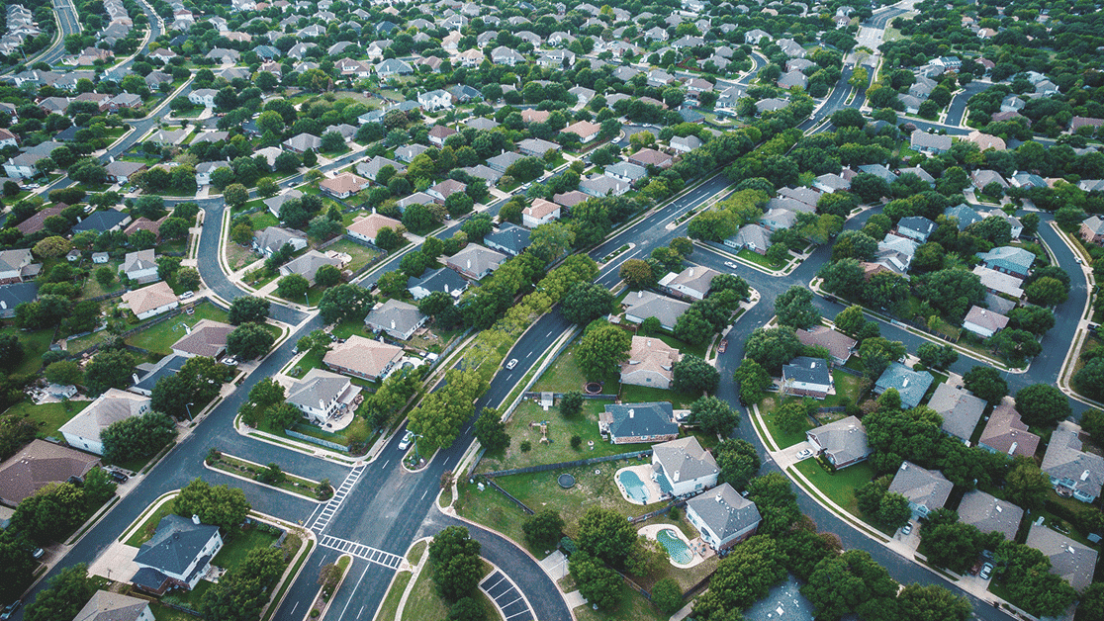Superblocks make cities more livable

Superblocks are an approach to adapting neighborhoods to climate change and de-motorizing them. Barcelona is a role model. An Empa researcher has now developed a method to recognize how much potential other cities have for superblocks.
A study by the Swiss Federal Laboratories for Materials Testing and Research ( Empa ) examined which cities have the potential to be transformed using superblocks. This means of urban planning can counteract increasing heat, noise and air pollution and dwindling green spaces due to climate change or population growth. Urban planning is key, study author Sven Eggimann is quoted in a statement by Empa: “The design and use of street space influences the quality of life of residents and has the potential to significantly improve the urban climate.”
Barcelona is a model for the formation of superblocks. There, ideally, 3 by 3 blocks and their inner courtyards are combined into a super block. The development traffic is routed around the outside, the inside remains completely car-free. Instead of streets and parking lots, bicycle paths and footpaths, green areas and meeting zones will be created. In addition, heat-reducing measures can be implemented.
According to Eggimann, the potential of this urban design is so high because streets make up a significant part of the total area in today’s urban areas. In European cities, this is typically between 15 and 25 percent.
Eggimann calculated the superblock potential of individual cities with values between 1 percent and a third of the streets. Cities such as Mexico City, Madrid and Tokyo showed the greatest potential. However, according to Eggimann’s study, cities whose streets are laid out less grid-like than in Barcelona are also suitable for super blocks: “This offers the opportunity to make urban districts more attractive by putting people and not vehicles at the center.”